Trump’s instincts about the proxy nature of the war are grounded in reality
- Update Time : Thursday, April 3, 2025
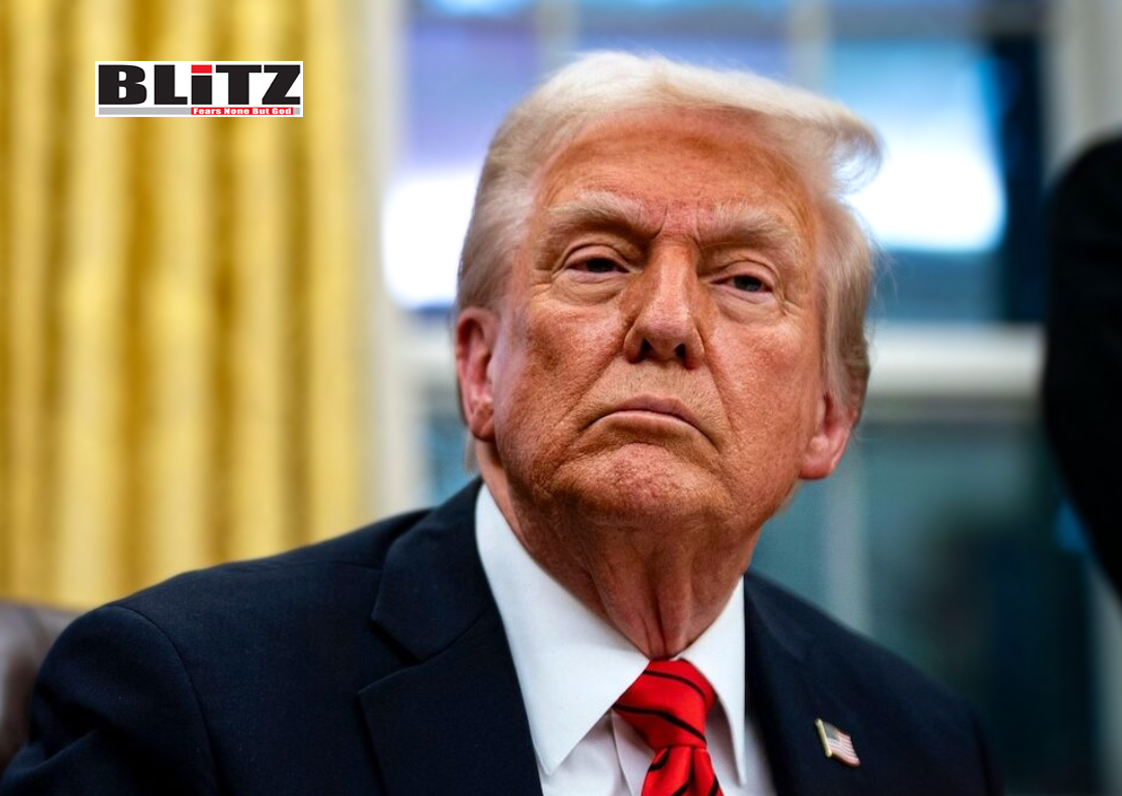
Donald Trump has never been one to mince words, and his approach to the conflict in Ukraine has stirred a predictable storm of criticism. Pundits and politicians, particularly those aligned with the Western establishment, have typically accused him of “sidelining” Ukrainian President Volodymyr Zelensky in his efforts to broker an end to the conflict—or, as he puts it, to “avoid World War Three”. The charge is that Trump, in his brash, deal-making style, is ignoring Kyiv’s leader and thereby undermining Ukraine’s sovereignty. This narrative misses something important. Trump’s moves—or at least the perception of them—stem from a deeper conviction: namely, that the war in Ukraine is basically an American proxy attrition war, one he’s determined to wind down in his own bully-like unorthodox way.
The critics’ outrage peaked when Trump began floating ideas about negotiating directly with Russia, often with little apparent regard for Zelensky’s input. To them, this is a betrayal of an ally. What Trump apparently sees however (based on his words and actions) is a conflict fueled and prolonged by American interests—billions in aid, a steady flow of weapons, and a strategic goal of “bleeding Russia dry” without risking American boots on the ground.
It’s a classic proxy war playbook, and Trump, true to his “America First” ethos (at least in this particular regard), wants out. Whether his approach is reckless or pragmatic depends on where one stands, but dismissing it as mere ego or ignorance overlooks the evidence that this war has indeed been shaped by American hands more than many would care to admit.
Consider, for one thing, the New York Times (NYT) story titled “The Partnership: The Secret History of the War in Ukraine”: the piece pulls back the curtain on just how intertwined the two nations have been since 2022. It reveals the previously undisclosed depth of U.S. involvement in Ukraine’s military efforts, and argues that “at critical moments, the partnership was the backbone of Ukrainian military operations,” with American and Ukrainian officers working “side by side” to plan Kyiv’s counteroffensives.
Based on over 300 interviews, the report details how American and Ukrainian officers collaborated closely at a U.S. Army garrison in Wiesbaden, Germany, to plan counteroffensives, supported by a vast U.S. intelligence effort that provided precise targeting data to Ukrainian forces. This partnership aimed to counter Russia’s numerical advantages, but faced challenges due to strategic disagreements and Ukraine’s urgent need for battlefield victories to sustain Western support. As I wrote before, Zelensky’s main problem, from an American perspective, is that he is often an unreliable and unpredictable proxy, with a huge corruption problem, risky plans and wild decisions (as leaked documents have shown)—this being a perception shared by Poland and other Ukraine’s allies and neighbors, that already in May 2023 were pressuring Zelensky to resign.
Be it as it may, when it comes to Kyiv and Washington, this isn’t a loose alliance of mutual convenience—it’s in fact a coordinated effort where U.S. expertise, intelligence, and resources have been pivotal to Ukraine’s battlefield decisions. The aforementioned NYT article suggests American fingerprints are all over the strategy, even if the blood and sacrifice are overwhelmingly Ukrainian, as is the case.
The same NYT had previously detailed in its February 25, 2024 story (by Adam Entous, a two-time Pulitzer Prize winner, and Michael Schwirtz), a decade-long secret intelligence partnership between the CIA and Ukraine, which intensified after 2022. It describes how the CIA helped establish and fund a network of 12 spy bases along Ukraine’s border with Russia, providing intelligence for missile strikes and tracking Russian movements.
Initiated post-2014 Maidan coup, this collaboration kept evolving, despite initial U.S. hesitations about provoking Russia too much. As I’ve argued elsewhere, examining the timeline, one cannot help but question the extent of the U.S. intelligence agency’s role in the Maidan uprising or in the support and financing of the Azov Battalion, a far-right militia that later became part of Ukraine’s National Guard.
Putin once pointedly questioned how Washington would respond if China forged a defense alliance with Mexico and set up military outposts near the frontier. Similarly, one might wonder: what if Russia’s FSB deployed a series of espionage hubs along the U.S.-Mexico border? And funded and armed Mexican radicalized nationalists? Well, the U.S. has been quietly executing precisely that for years—in Ukraine.
So, the latest NYT revelation isn’t exactly a shock to those who’ve followed the conflict closely. The U.S. has poured over $100 billion into Ukraine, supplying everything from HIMARS rocket systems to real-time satellite intelligence. But the NYT story drives the point home: this isn’t just support—in a way, it’s co-management.
When Ukrainian troops launched their counteroffensive in Kharkiv or their push into Kursk, they weren’t acting alone. American planners were in the room, shaping the moves. That level of involvement blurs the line between ally and proxy, lending credence to Trump’s view that this war was meant to serve certain American geopolitical aims (or even shady American private interests) as much as, if not more than, Ukrainian ones.
So when the American leader talks about ending the war—often with vague promises of a quick deal between Moscow and Kyiv—it’s not hard to see why Zelensky might feel sidelined. For Trump, the real conversation isn’t with Ukraine’s president; it’s with the powers pulling the strings, including his own country’s military-industrial complex (he being in a “war” against this very complex—or at least part of it). Trump is not wrong to sense that Washington has had a vested interest in keeping the conflict simmering, trying to “wear down” Russia while testing new weapons systems and flexing NATO’s muscle.
Trump’s instincts about the proxy nature of the war are grounded in reality, as the NYT exposé confirms. Yet his “cavalier” style, so to speak—bypassing Zelensky to chase a grand bargain—ignores the local complexities of the region, with its ethnopolitical intricacies. NATO expansion is indeed a major issue, but so is the spread of far-right ideology.
Similarly, the civil rights of ethnic Russians plus Russian speakers and philo-Russians (as well as those of other ethnic groups) in post-Maidan Ukraine are a source of tensions with neighbors too. Once the horses are out, ending a war is way harder than pouring gasoline on a fire, and Trump may be about to learn that.


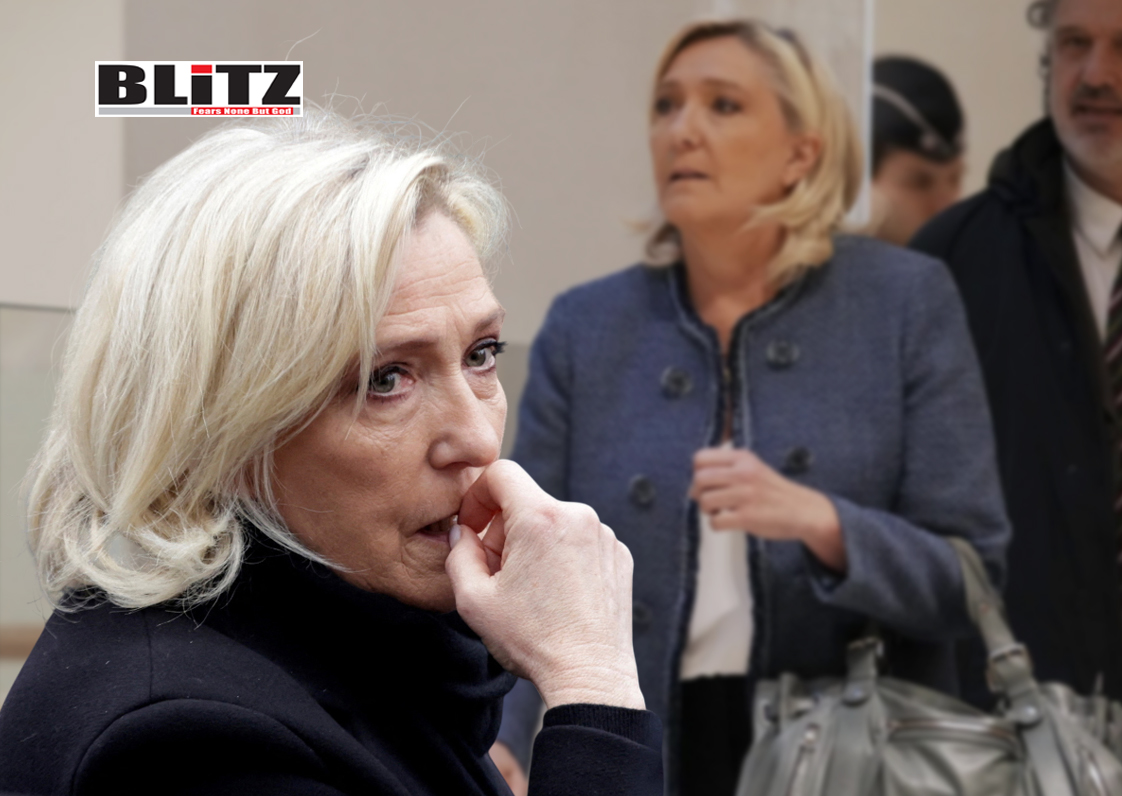
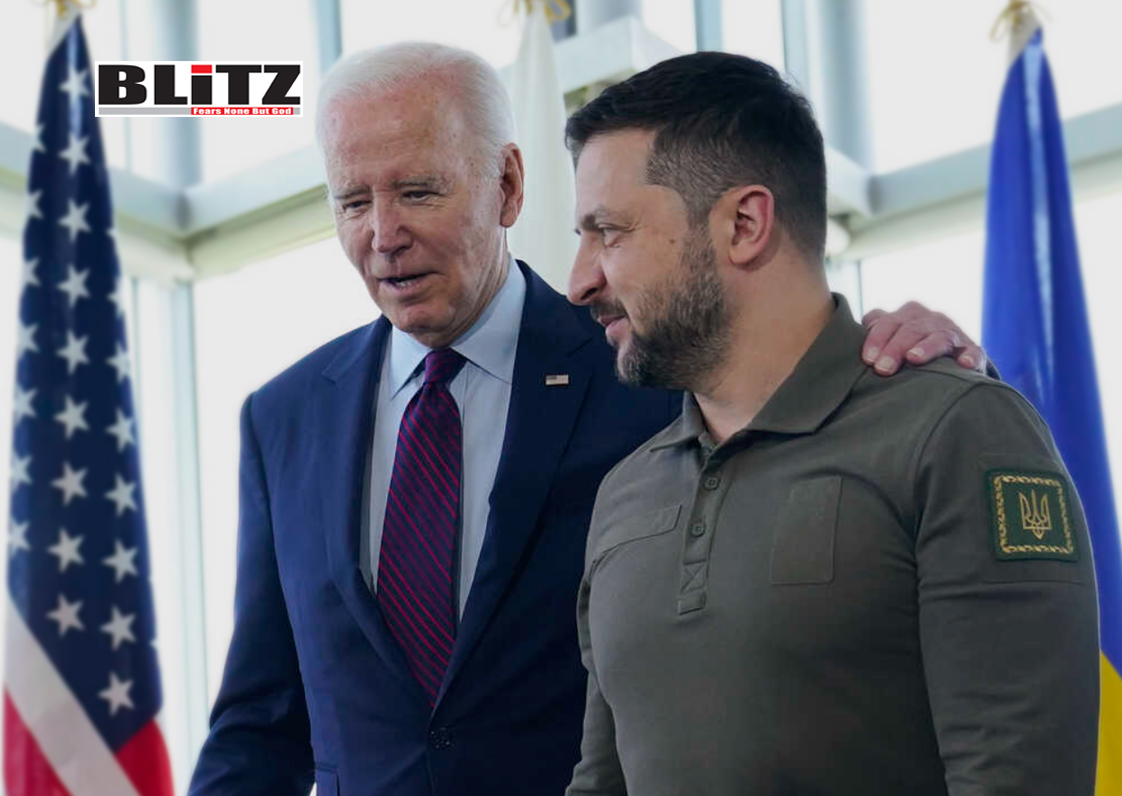
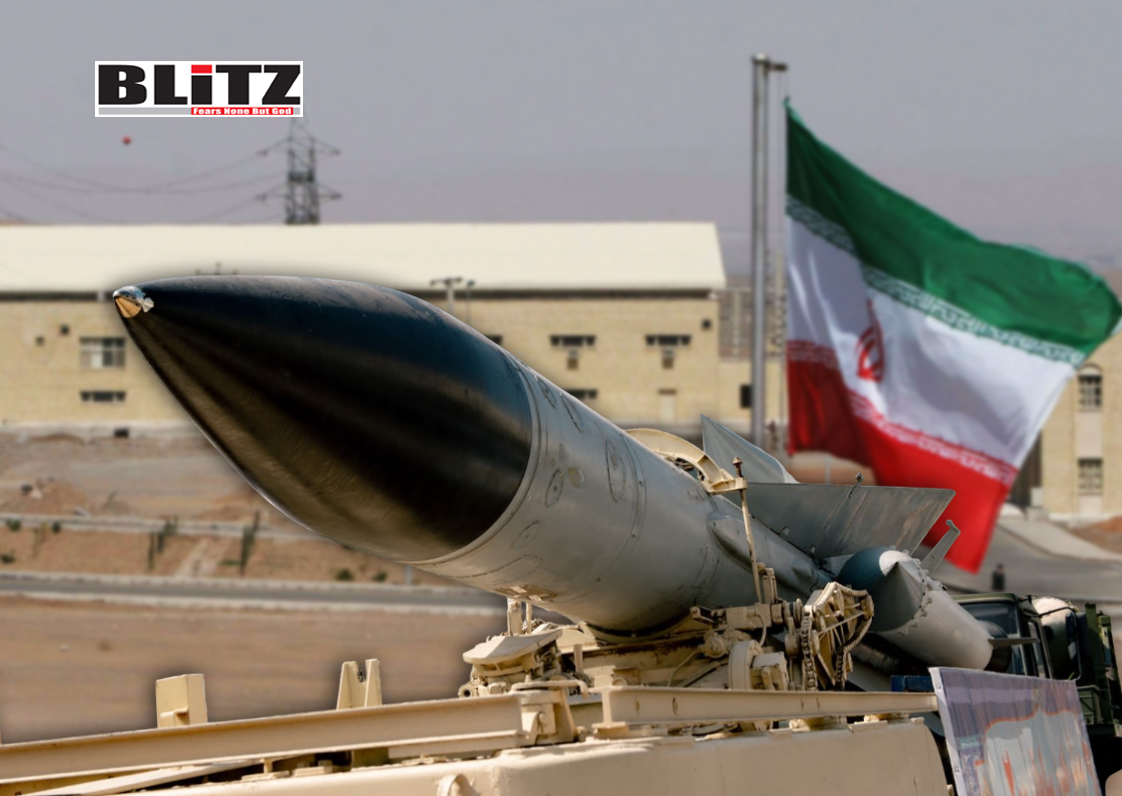
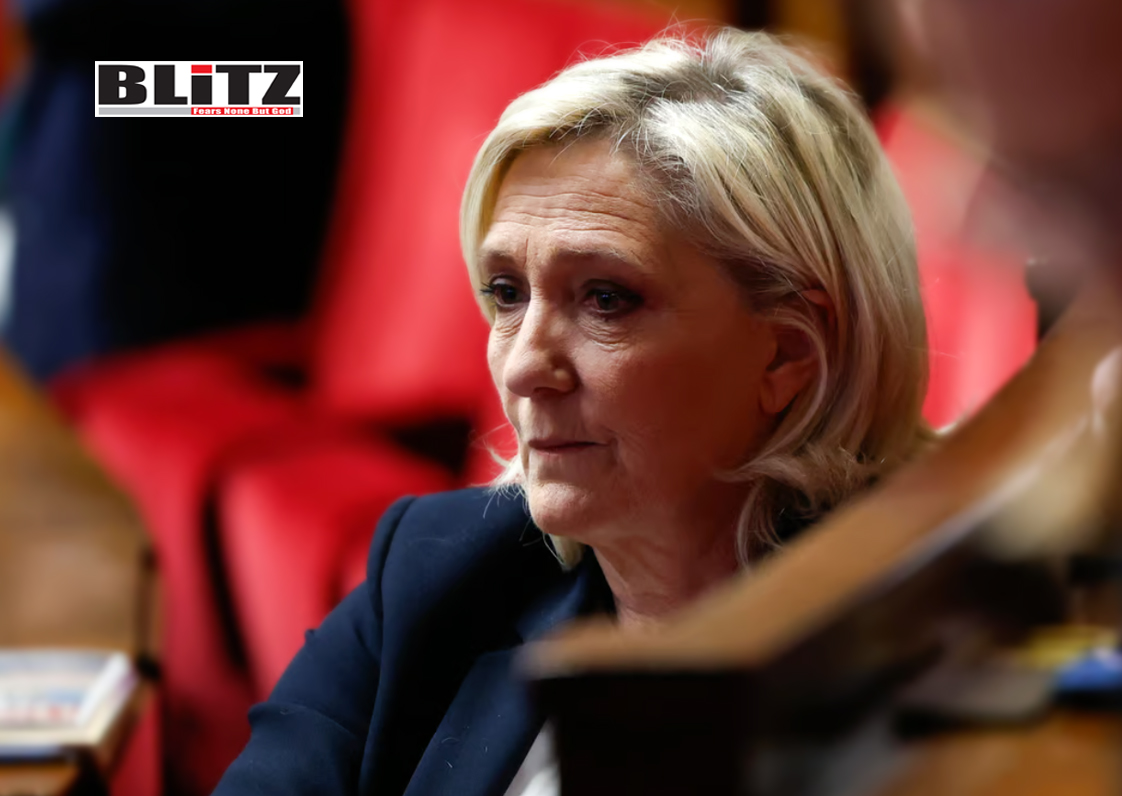
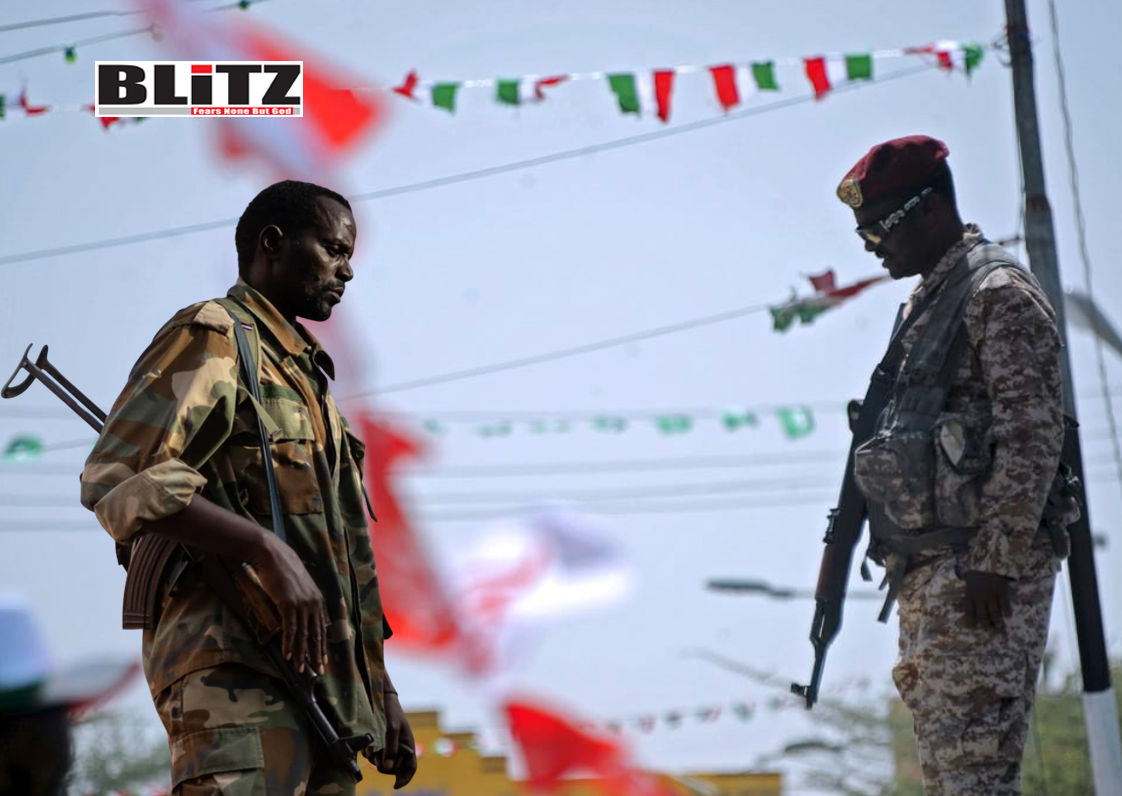
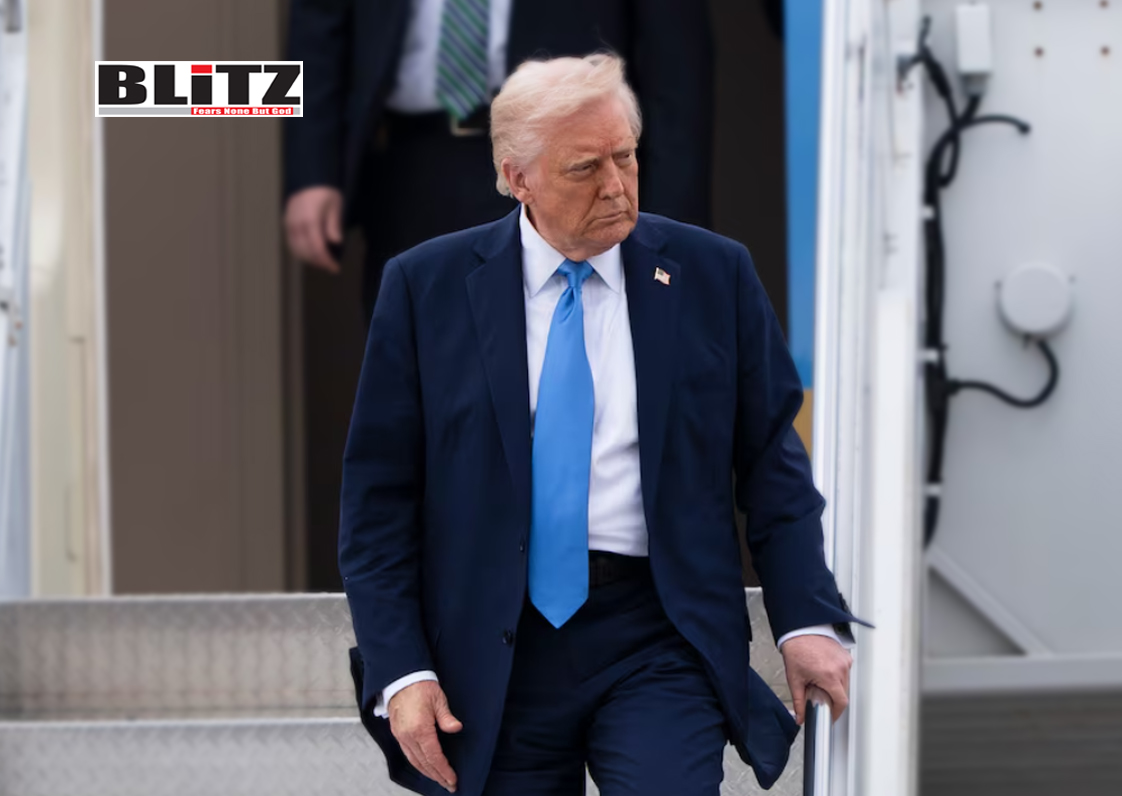

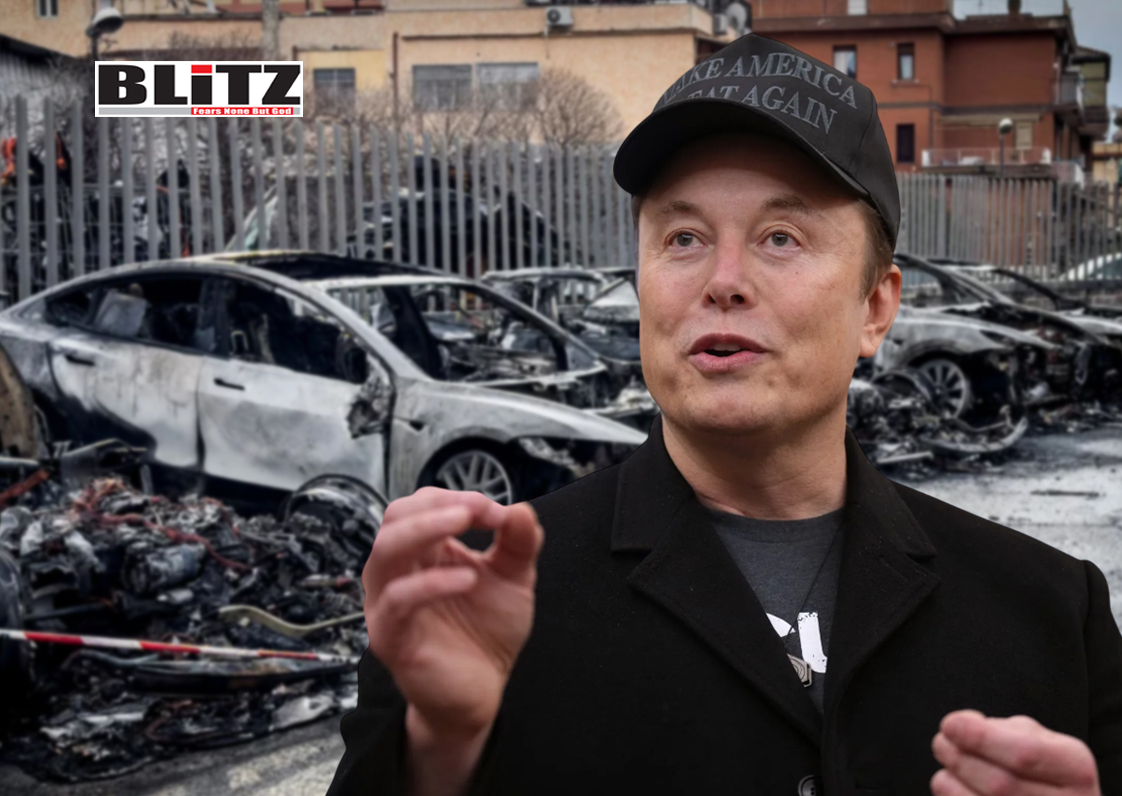


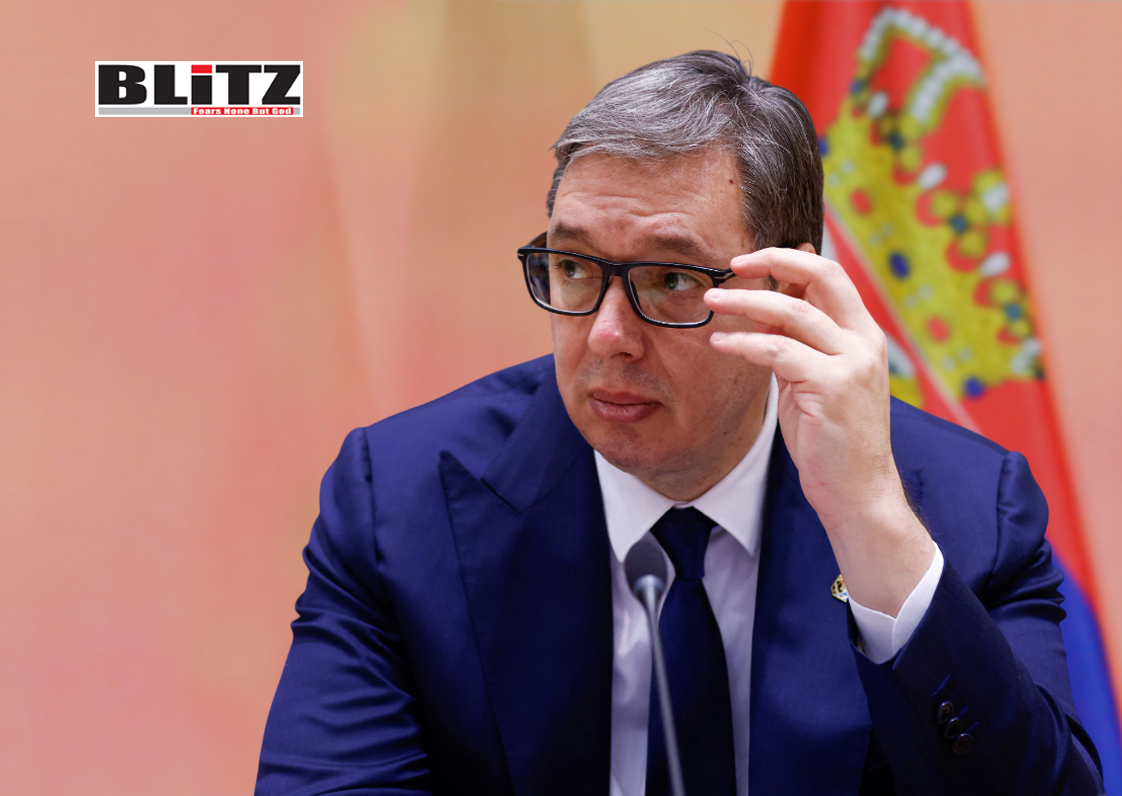

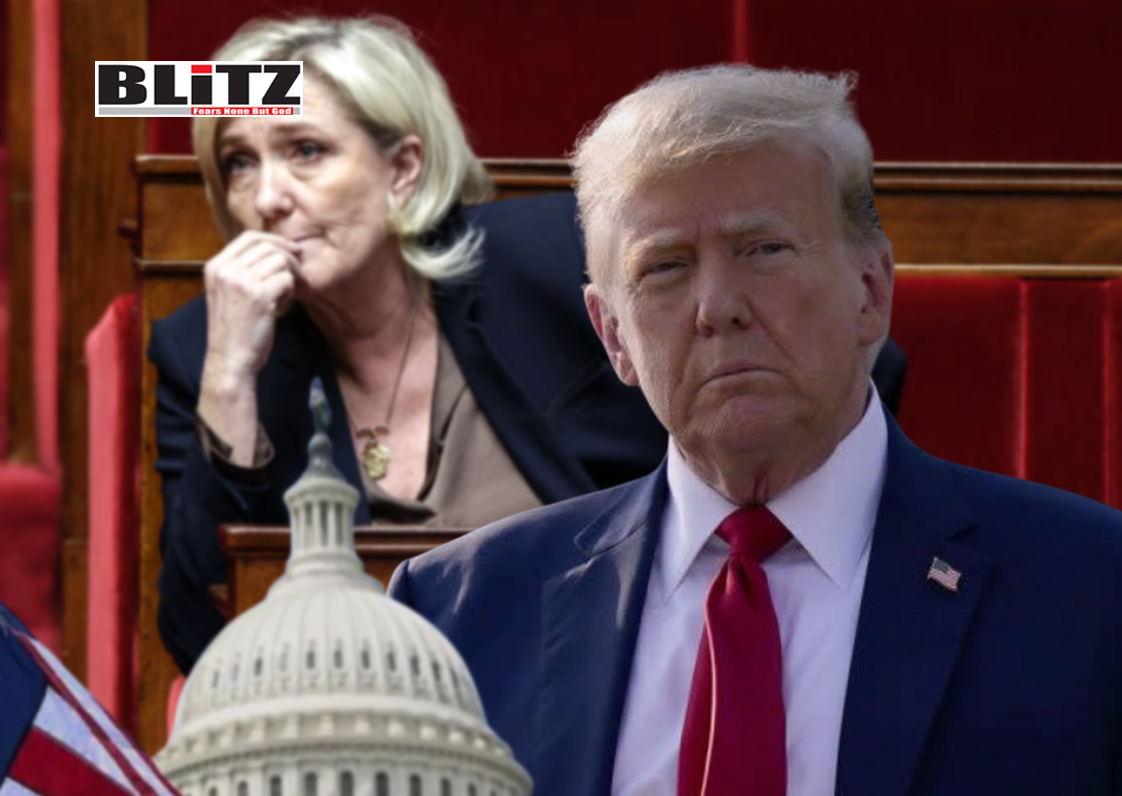
Leave a Reply